Many children with autism and other developmental delays, both verbal and nonverbal, are visual learners, which is why flashcards are a great resource that you can use to help them learn. Flashcards can help children develop those important early language skills, build vocabulary and learn how to recognise and respond.
Flashcards For Kids
Using flashcards can be really fun and there are lots of different ways you can ‘gamify’ learning to make it a fun activity for both of you. So here are four different activities to help your child with autism learn through flashcards:
1. Recognise and respond
If your child is not yet talking, or your child is nonverbal, start by labelling the images for them. You can point and say the name of each item to help introduce them to some basic words and labels. As they get used to this activity, you can begin to put two pictures next to each other and say, “which one is the___”. If your child already has some language skills, flashcards are a great way to boost their existing vocabulary.
2. Generalising
Preschool FlashcardsLearning that a label is not equal to one thing. The word ‘apple’ is used for an apple that is red, green, has a bite out of it or is chopped up. These are all ‘apples’. Learning to recognise and understand that different pictures of an object can share the same name can sometimes be tricky for children with speech and language delays. Rockmelon Flashpacks include up to six variations of each item, location, person and thing to help you teach your child how to generalise.
Picture Flashcards3. Video Flashpacks
Rockmelon is changing the way children learn. Video Flashpacks now allow children to learn action labels in context using short clips that explain the way that word can be used, e.g. the action ‘running’ is shown as a video rather than a still image. This new and engaging way of learning allows your child to understand each activity in context. Rockmelon has hundreds of short action videos which your child will love!
English Flashcards4. Linking to real life
See that apple on the flashcard? It is the same item as that round red thing in the bowl on the table. Similarly, preparing for a trip to the doctor might not be as scary if you can show your child what to expect first, right? You can use flashcards to help your child make the link between real-life items and locations.
Kids flash cards Animal Flash CardsParents can start using flashcards to stimulate children’s right brain as well as impart knowledge as young as 6 months old. This is to maximise the limited formative period from birth till 6 years old for right brain development.
Toddler Flash CardsBy then, their neck would have been developed so that they can be carried or seated upright to look at the flashcards.
They are also generally believed to already have good colour vision after around 6 months old. Their eyes are also capable of working together to form a three-dimensional view of the world and begin to see in-depth.
Educational Flash CardsWe've all seen the advertisements for toys, videos, even teaching programs for babies promising to give your child an academic edge. Maybe we've been swayed to purchase those toys that teach colors, counting, and ABC's in English and Spanish. Maybe we've been consumed with guilt because we didn't give our children these toys, and we'll always wonder if we are the reason they might turn out to be something other than rocket scientists and neurosurgeons.
Baby Flash CardsIs there anything wrong with these toys? No, nothing at all. They are often cheerful, colorful, and include a catchy tune your toddler or preschooler will enjoy. And they do, in fact, give kids early exposure to those basic academic skills. The lights and sounds are delightful rewards for your little one who is exploring the buttons, dials, and sliding levers. All that exploring improves their eye hand coordination and hand strength, a.k.a. "fine motor skills."
Where to buy Flash CardsSo what's the problem? Well, frankly, the problem is parents expect the fancy "teaching toys" to live up to the hype, and give something back for all the dollars paid to obtain this toy or gadget. After all, don't the toy companies know what they are doing? Doesn't the app teach a very obvious skill, like matching? It sets parents' mind at ease, and they may feel the kids are getting a superior education. Some may feel the toys are better teachers than moms and dads. Some may feel that adding extra "teaching time" with the child would be unnecessary. This is a very dangerous way of thinking.
Sight word Flash CardsWe have to ask ourselves to think - how do kids learn? Toddlers and preschoolers aren't ready for lectures and power point presentations any more than they are ready for these kinds of "lessons" the so called learning toys are trying to provide. This may seem like comparing apples to oranges - lectures are obviously for teen and up, but those learning toys are fun and kid friendly, right? Wrong. How could they be likened to a lecture? Because of one key ingredient that is missing in both instances, the very thing that makes it inappropriate for a child - it isn't attached to a meaningful personal experience or social interaction.
Speech and LanguageLectures are one sided. A speaker presents information, the listener soaks it in. Sometimes the audience is invited to participate somehow, but it is usually limited. The learning toys are only slightly better. They make their noises, and some of them try to get the child to press a button to respond. The child is cheered for or asked to try again depending on how they respond. Does this count as a meaningful personal experience or social interaction? No, not at all. The child simply listening to a computer. They are not holding and working with real objects. No one they care about is sitting with them to provide the encouragement or praise. Instead they hear a computer voice that is empty and repetitive. Sometimes the machine responds inaccurately, like when the child sits on the toy and the toy cheers for the child who accidentally sat on the button that was the correct the response. Like a lecture, these toys are impersonal, use representation instead of real objects, and may even give inaccurate feedback.
Flashcards For KidsDo you still think those learning toys are superior?
Let's take a look at naturally occurring learning now. You can call it the unplugged version. Junior is in the sandbox with Grandma sitting nearby. His fingers are covered in sand, providing delightful sensory input. (If you aren't familiar with "sensory input" just think of all the stuff kids like to touch because it is so varied - sand, paint, jell-o, beans, rice, water). Whenever you add sensory input, you are activating more parts of the brain, which aids in memory and learning in general. The sun is shining, the birds are singing, the light breeze is blowing, all the more sensory input that makes outside so much fun for kids. Junior is busy pouring and scooping sand. He plays pretend with a dump truck and uses it to transport sand to the "construction site." Grandma and Junior chat while he plays, and she gives him words to learn like empty, full, big, little, wet, dry. Junior is in charge of the play scenario. He fills up that dump truck himself. He chooses how and when and where to dump it. Grandma smiles and encourages him. She challenges to make "a great big pile" of sand and applauds when he does. Junior beams with pride.
Preschool FlashcardsWhat just happened out there in the sandbox? Meaning happened. That sand was in Junior's little hands, not pixels on a screen. He scooped by using his little hands and muscles, not with a stylus tapping on a screen. He learned about physics out there, as he learned how hard to push the truck to make it go through the sand, how much pressure he needed to lift up the dump truck, what happened to the sand when the bucket was already full, how far water splashes when he dumped it all at once. He was encouraged to keep going when the bucket wasn't full yet and Grandma helped him understand that full meant up to the top. He accomplished an actual physical task that he could see, touch, and be proud of. He got lost in the joy of make-believe play, which is critical for child development. Grandma's praise was genuine and accurate, and he loves that lady to pieces so he didn't give up until he got it right.
So now we have seen how a real task, like sandbox digging or block tower building, with real people, is obviously better than tasks on a computer screen. But what about the ABC's, you ask? What about the counting in English and in Spanish? Times have changed drastically, and the pressure is really on once kids get to kindergarten. You want your future neurosurgeon to be ready!
English FlashcardsOK, here's the truth. You can teach a toddler letters. You can teach shapes as complicated as "cylinder" to a two year old and she will be able to name it when she sees it a few weeks later. You will beam with pride. She can learn to count to ten, too. The question here is, should you?
It comes back to meaning. A child can count to ten, but does she understand what the numbers mean? Does she know that 8 is twice as many as 4? That 4 is one less than 5? That there are five cookies on the plate but when she eats one, that there are now four cookies? And what earthly purpose does a toddler have for adding the word "cylinder" to her vocabulary? She can learn letters, but she won't learn to read any faster. And without regular re-teaching, your child will quickly forget these things - for the simple fact that they don't hold any meaning for her. Our memories work by sorting and associating concepts with familiar things or in a way that makes sense. And all that academic mumbo-jumbo you gave her doesn't have a "storage drawer" inside that developing little mind. She hasn't got any place to store it that makes sense, so it fades quickly. So if it isn't going to stick, why waste her time with it? Why not go outside and play in the sandbox? We know the lessons learned out there are going to last.
Kids flash cardsAs your child approaches kindergarten, you will want to ensure he is "ready." Today's standards mean he should know a great many things, including letters and how to hold a crayon, his full name, and how to hop and skip. But starting to teach academics in baby and toddler years is not necessary. In fact, it may rob children of the time they could have spent filling and dumping a bucket of sand.
Animal Flash CardsStill not convinced? Consider the child's growing mind. At one year of age, your child still thought he was an extension of you, and that he could control you. He cried, you fed him. He was bored, you played with him. You left him, he howled until you returned. He tantrums because he can't control you any more. And he is mystified! He can't sort it out. Now fast forward to age 2. He's still tantrumming regularly. He cries because his meatballs are "all gone" even though you look in his bowl and see meatballs still there. Was that even the issue? Nobody knows! Now I ask you, is he ready to learn the complicated sound/symbol relationship of letters and begin to read? Is he ready to count in Spanish? Probably not. Research suggests kids aren't ready to recognize and remember letters until... ready for this?... age five. That is shocking considering today's grueling pace. There is also some evidence that early exposure to letters and learning to read doesn't matter at all. A child can learn to read, and learn in a matter of months, if you wait until the child is developmentally ready to do so. That's around age seven. Of course, in America we don't wait until a child is seven to get started, the point of this is remind us that child development happens in a predictable, linear fashion. It can't be rushed. Development happens on child's schedule, not due to parental diligence with flashcards and learning videos. However, your child still has loads of things to learn. He is ready to play with you, listen and learn from a real person who loves and cares for him. He wants to please you, and wants to interact with you.
Educational Flash CardsYou don't have to "try" to teach a young child. Simply interact with him, talk with him, and ask him questions. Let him try things on his own and help him be successful. Learning happens in play, not on a screen or with a computerized toy. You can play pretend, build, paint, dig, hop and run, and even sort and categorize familiar objects like food in a toy kitchen. You can bake cakes and wash the bowls afterward. You can play catch and make up a simple game. You are all your child needs. Computerized toys can never replace the invaluable learning that happens when you simply play with your child. Choose toys that allow for problem solving, building, pretend play, or dress-up outfits. Don't forget about things like blocks, balls, and books. These classics never fail to entertain and to teach, too. Best of all, it is easy to join in and play with your child!
These ideas are designed to work with every kind of kindergarten class, including typical problem classes such as large classes, classes that can’t move around, mixed level classes, classes with very low level students, classes that study very little English and classes with short attention spans and other discipline problems. All of these ideas help […]
Baby Flash CardsThese ideas are designed to work with every kind of kindergarten class, including typical problem classes such as large classes, classes that can’t move around, mixed level classes, classes with very low level students, classes that study very little English and classes with short attention spans and other discipline problems. All of these ideas help make a simple set of pictures that you can produce for free something that is guaranteed to make all your classes a great learning experience for little kids.
1. Slow reveal
Cover the flashcard with something, e.g. another flashcard backwards, and slowly draw the covering card back until a few students have shouted out what it is (either in English or in their own language if they don’t know it in English yet). This works both with cards they know well and ones they are seeing for the first time. This also works with word recognition.
2. Up/down/left/right slow reveal
In this variation of Slow Reveal, the students can choose if they want you to move the covering card up, down, left or right. Move it a little in the direction most of them shout out and stop while they try to guess what the covered card is. Continue with other requests for which way you should move it (including more in the same direction) until they have guessed what the flashcard represents. With students who have learnt how to work in teams, it can also be used this way. This can also be used to practice recognising written words by word shape, first letters and last letters.
3. Slow reveal grid
In this version of Slow Reveal, the card is covered with something that can be taken away section by section. Ways of making this include covering a large flashcard with smaller cards stuck on with blutack or sellotape, and a paper cover with doors made with a cut up piece of blank paper. After each section is taken away the students guess what the whole picture represents. If the sections are marked with something such as letters of the alphabet or numbers, the students can request which part they want taken away- similar to Up/Down/Left/Right Slow Reveal above.
4. Flashcard pictionary
If students have got bored with seeing the actual card but you still want to practice the language one more time (necessary over and over with pre-school classes), the teacher or a student could draw the picture from the card line by line on the whiteboard or blackboard. When people have guessed what it is, comparing the original picture and the picture on the board is always worth a laugh and most children take this well- but make sure that a sensitive child isn’t being laughed at!
Where to buy Flash Cards5. Tracing pictionary
If the drawing ability of the teacher and/ or students is not up to Flashcard Pictionary, you can put a piece of tracing paper over the card and secretly trace one line from the picture. Show the class what has been traced to see if they can guess what it represents, then continue a line at a time until they guess. As children can be very slow doing the tracing when taking the teacher role, hold the tracing paper on the card for them, tell them which line to trace or just let them nominate the line and trace it yourself for them to hold up.
6. Grid pictionary
This is like a combination of Slow Reveal Grid and Tracing Pictionary. Before class, draw a grid on each piece of tracing paper you are going to use. The class or team say which segment of the grid they want to see first and the teacher or student traces just that part. Let the students guess once after each segment is filled, and then choose the next one to be drawn.
Sight word Flash Cards7. Flashcard flash
In contrast to all the ideas above, this one adds energy and speed to shouting out what is on a flashcard. Start with a flashcard pressed to your chest and then very quickly turn it around and flash it across the students’ line of sight, finishing by putting it back hidden against your chest. You should aim to do it quickly enough that the students can only guess what is on the card on the third or fourth attempt.
Speech and Language8. Guess from clues
Students guessing what card you are holding secretly against your chest from clues like “It has big ears” might seem like quite an adult game and not as obviously fun as the other revealing games described here, but not only do most kids love this game too, it also suits the kinds of kids who can be somewhat left out during those other kinds of games.
Kids flash cards9. Long vowel sounds drilling
Once you have revealed what the card is, you can also use the card itself to help with drilling pronunciation (something parents and school managers tend to be very keen on with pre-school English classes). With long vowel sounds like the one in “car”, move the card very slowly from left to right in front of you as you pronounce the word with an exaggeratedly long vowel sound, getting the students to do the same. Speed up both the movement and the pronunciation until you are repeating it too quickly for even you to keep up with. After doing this with a few examples, you can also add interest by moving the card randomly quickly or slowly, getting the students to say the word at that speed without any other help.
Animal Flash Cards10. Word stress drilling
Another way you can use the flashcard to help with drilling is to use it as a conductor’s baton to show the number of syllables and word stress. When students are so well drilled with this that they are starting to get bored with it, you can train them to only say the next syllable when you give the signal, e.g. baNA(long pause as you hold the card still)na or STRAWbe(long pause)rry.
Baby Flash Cards11. Flashcard left right hand flash
Once you have revealed and drilled, the next stage is to combine two or more cards. The simplest and most high energy way of doing this is just to have one card in your right hand and the other in your left, hiding them behind your back and getting the students to shout out whatever one you randomly show. You can add some more challenge and fun by mixing them up behind your back so they sometimes appear in the opposite hand to the one the students last saw it in.
Sight word Flash Cards12. Stations
An even more high energy way of practising two pieces of vocabulary at the same time is to pin one of them to one wall of the classroom and the other to the opposite wall. Students then listen to what you say and run and slap either the flashcard (if there are few enough students and you aren’t worried about the card or students getting bashed up) or anywhere on the wall it is on. This works best with grammatical words (e.g. students run and slap “a” or “an” depending on whether the noun you say starts with a vowel or not) but can also work with descriptions of parts of the picture (“It is grey”, “it is big”, “It has a long nose” etc). In classes where students can’t get up and run round together, they can pretend to shoot the right flashcard.
13. Flashcard memory games
The next stage in combining several cards is to test students on what they just saw, e.g. “What colour is the monkey?” and “How many pigs are there?” A simpler one is to line the cards up, turn them face down and get the students to tell you what each one is. If you call each card “one, two, three”, “a, b, c” or “Monday, Tuesday, Wednesday”, you can practice that vocabulary at the same time as whatever is pictured on the cards.
14. Flashcard lying games
Toddler Flash CardsHold up a flashcard, say something true or false about it (“It is dark blue” or “It is an apple”) and get the students to respond appropriately (“No, (it isn’t)”, “That’s wrong” etc). This can be combined with Stations above by students running and slapping “True” and “False” cards or “Yes” and “No” cards that you have stuck to the walls. It can also be combined with the action games Simon Says, with students only doing the mime you have taught them for that card when you say something it is true, e.g. putting their open palms above their heads and wrinkling their noses when you show a mouse and say “This is a mouse” and doing nothing when you say “This is a lorry” with the mouse card.
Kids flash cards15. Flashcard shout out
This is another high energy way of tackling the vocabulary as a group rather than one at a time. In this game, students rush to shout out all the cards you are holding after you tell them what the category is, e.g. “Blue!”, “Red!” etc after you say “(I have) colours”. As they name each one you have, put them up where students can see them or give them to the students who shouted that one out first, loudest or most persistently. This works best if there is at least one card that they haven’t seen before and is fairly difficult to guess until long after all the other cards are gone, e.g. “gold” for colours or “lizard” for animals.








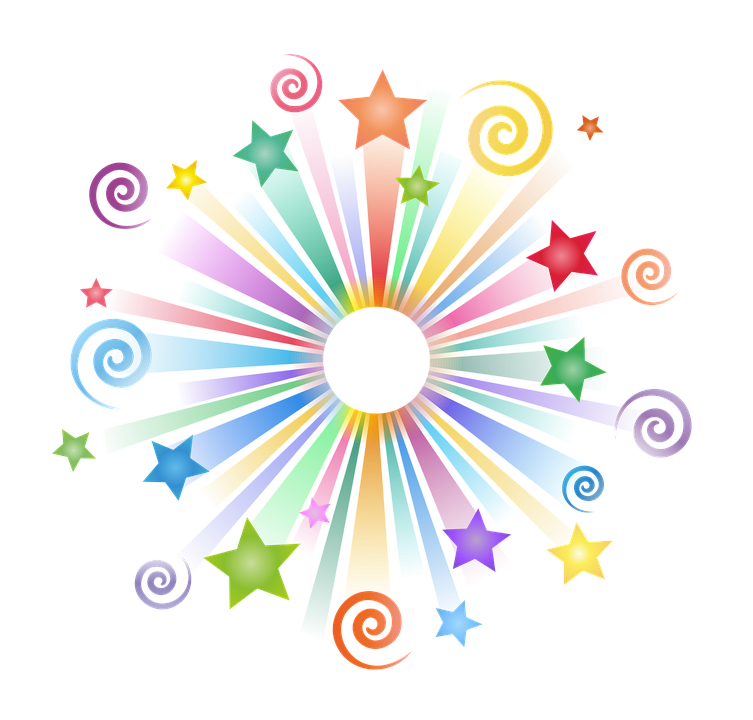







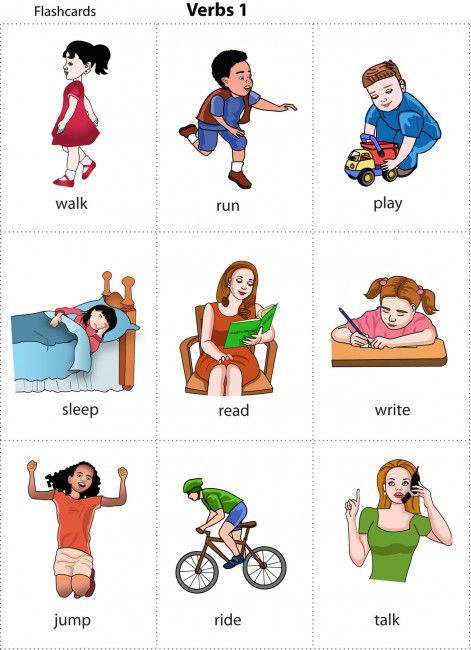













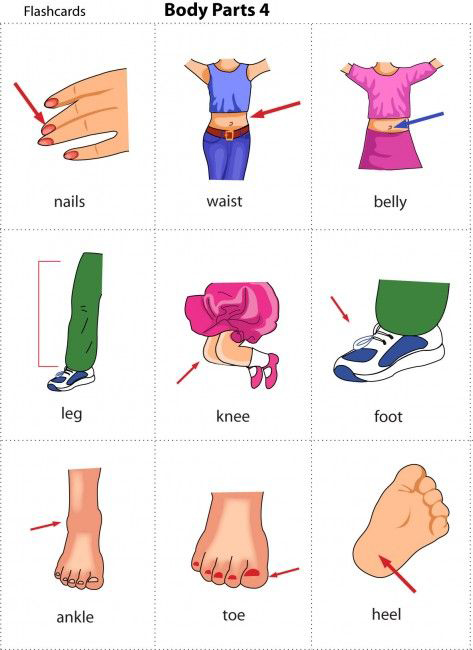
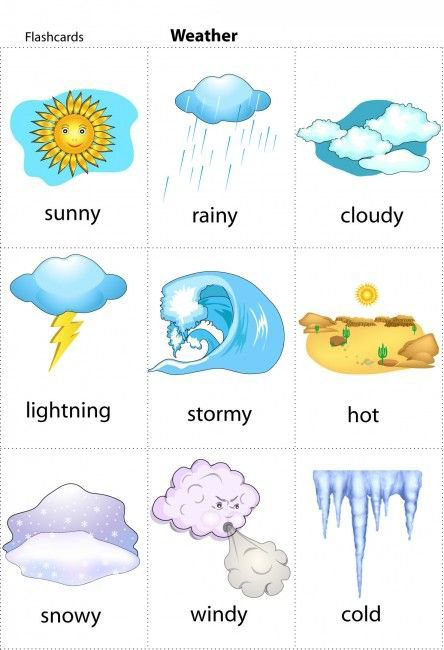
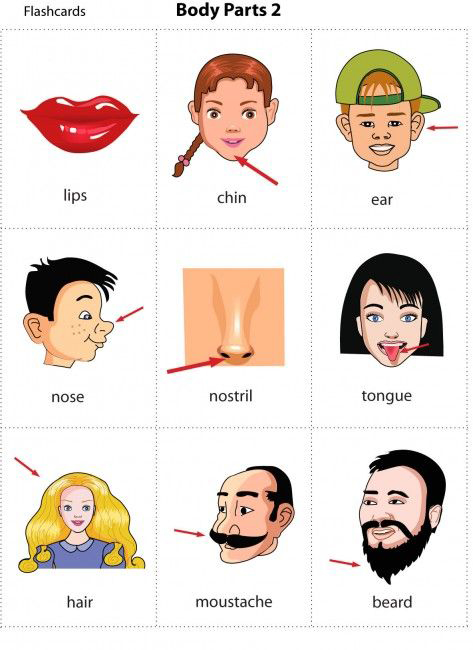




1 Comments
Flashcards For Kids
ReplyDeletePreschool Flashcards
Picture Flashcards
English Flashcards
Kids flash cards
Animal Flash Cards
Toddler Flash Cards
Educational Flash Cards
Baby Flash Cards
Where to buy Flash Cards
Sight word Flash Cards
Speech and Language
We love comments! We appreciate your queries but to protect from being spammed, all comments will be moderated by our human moderators. Read our full comment policy.
Let's enjoy a happy and meaningful conversation ahead!